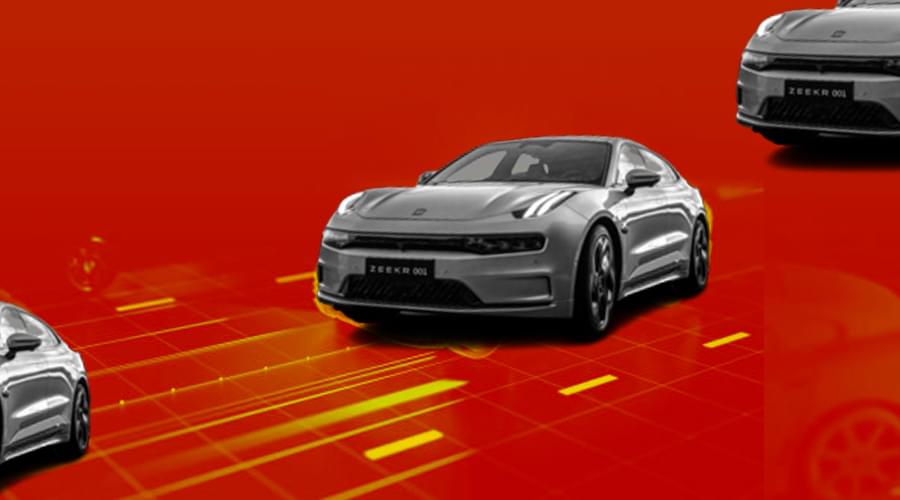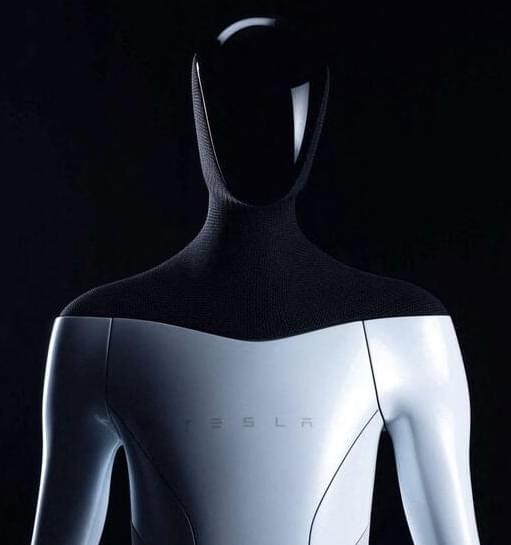The same AI engine that made computers even better at games like chess and Go could also boost new drug discoveries.



Amid the festivities at its fall 2022 GTC conference, Nvidia took the wraps off new robotics-related hardware and services aimed at companies developing and testing machines across industries like manufacturing. Isaac Sim, Nvidia’s robotics simulation platform, will soon be available in the cloud, the company said. And Nvidia’s lineup of system-on-modules is expanding with Jetson Orin Nano, a system designed for low-powered robots — plus a new platform called IGX.
Isaac Sim, which launched in open beta last June, allows designers to simulate robots interacting with mockups of the real world (think digital re-creations of warehouses and factory floors). Users can generate datasets from simulated sensors to train the models on real-world robots, leveraging synthetic data from batches of parallel, unique simulations to improve the model’s performance.
It’s not just marketing bluster, necessarily. Some research suggests that synthetic data has the potential to address many of the development challenges plaguing companies attempting to operationalize AI. MIT researchers recently found a way to classify images using synthetic data, and nearly every major autonomous vehicle company uses simulation data to supplement the real-world data they collect from cars on the road.


Using artificial intelligence and editing software, photographer Alper Yesiltas has resurrected stars who died when they were young.
The Turkey-based photographer, who created the portraits for a project titled ‘As If Nothing Happened,’ said ‘’With the development of AI technology, I’ve been excited for a while, thinking that anything imaginable can be shown in reality.’’
Sharing the haunting and realistic images on his Instagram handle, Yesiltas said ‘’When I started tinkering with technology, I saw what I could do and thought about what would make me the happiest. I wanted to see some of the people I missed again in front of me and that’s how this project emerged.’‘.
In this talk, Kurzweil explores the history and trajectory of advances in computing and Information Technology to project how he believes Artificial Intelligence (AI) may enhance our natural biological intelligence in the future.
Kurzweil spoke at the Nobel Week Dialogue on December 9, 2015 in Gothenburg, Sweden.
Nobel Week Dialogue is a free of charge, full-day event and part of the official Nobel Week programme. The event aims to stimulate discussion at the highest level on a topical science-related theme by bringing together Nobel Laureates, the world’s leading scientists and experts, key opinion leaders, policy makers and the general public, online as well as on site. By bridging science and society, it’s an opportunity to stimulate thinking, excite imagination and inspire greatness! http://www.nobelweekdialogue.org

Harvard Medical School scientists and colleagues at Stanford University have developed an artificial intelligence diagnostic tool that can detect diseases on chest X-rays directly from natural-language descriptions contained in accompanying clinical reports.
The step is deemed a major advance in clinical AI design because most current AI models require laborious human annotation of vast reams of data before the labeled data are fed into the model to train it.
The technology, which has been tested in the lab, could ultimately be used for manufacturing and building in difficult-to-access or dangerous locations such as tall buildings or help with post-disaster relief construction, say the researchers.
3D printing is gaining momentum in the construction industry. Both on-site and in the factory, static and mobile robots print materials for use in construction projects, such as steel and concrete structures.
This new approach to 3D printing—led in its development by Imperial and Empa, the Swiss Federal Laboratories of Materials Science and Technology—uses flying robots, known as drones, that use collective building methods inspired by natural builders like bees and wasps who work together to create large, intricate structures.
Facebook’s parent company, Meta, is trying to use Artificial Intelligence to read Brainwaves. Smithsonian Magazine: https://www.smithsonianmag.com/smart-new…

The deadline is the end of September.
Elon Musk is getting ready to unveil his ‘Optimus’ humanoid robot, and an improved smart summon feature as a top priority in the run-up to Tesla’s AI Day 2 on September 30. The Tesla Bot, also known as Optimus, was among the concepts that the company unveiled during its inaugural AI day and is prepared for release, news reports across sections of media noted on Tuesday.
Both projects, according to the tech mogul, have a deadline at the end of the month.
“Autopilot/AI team is also working on Optimus and (actually smart) summon/autopark, which have end of month deadlines,” Musk wrote while responding to a Tesla fan club account on Twitter.
Tesla Inc/Handout/Reuters.
The Tesla Bot, also known as Optimus, was among the concepts that the company unveiled during its inaugural AI day and is prepared for release, news reports across sections of media noted on Tuesday.
The drones will help the construction industry in hard-to-reach and dangerous places.
Consider the drone bees. These bees, which probably gave their name to today’s drones, are also may have inspired by their physical features. Let’s learn how.
Researchers from Imperial College London and Empa have created a fleet of bee-inspired flying drone printers for 3D printing buildings.